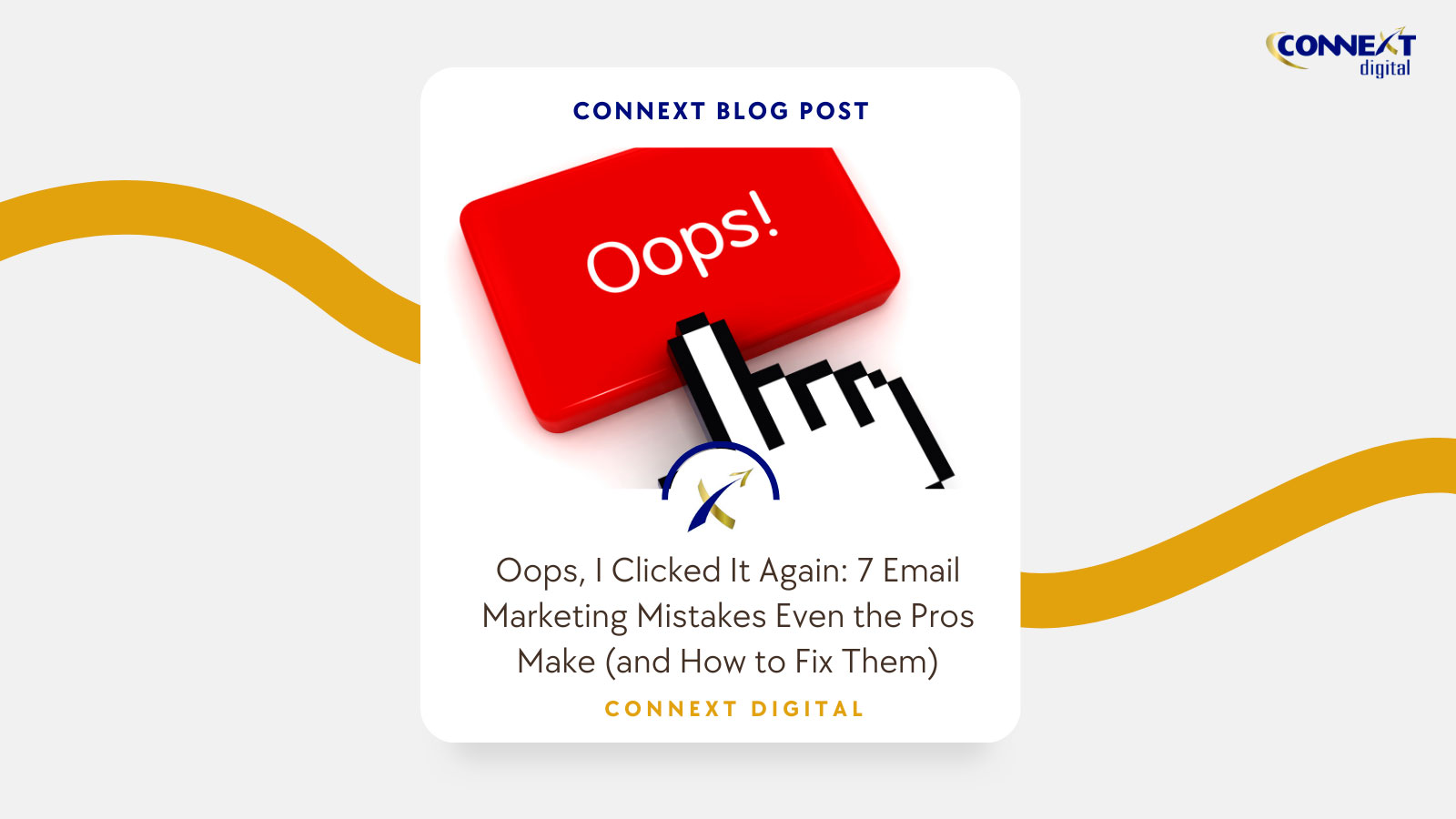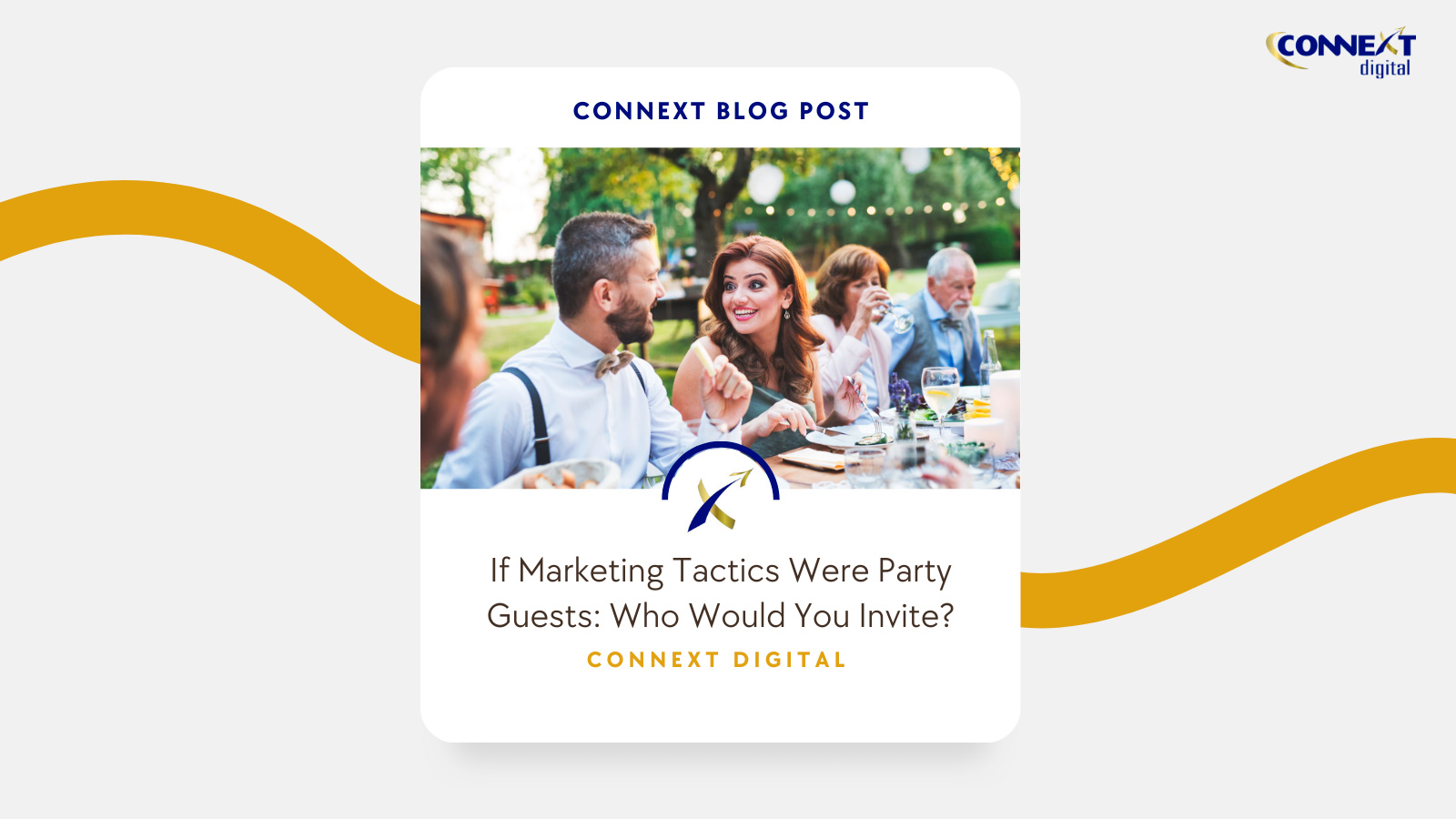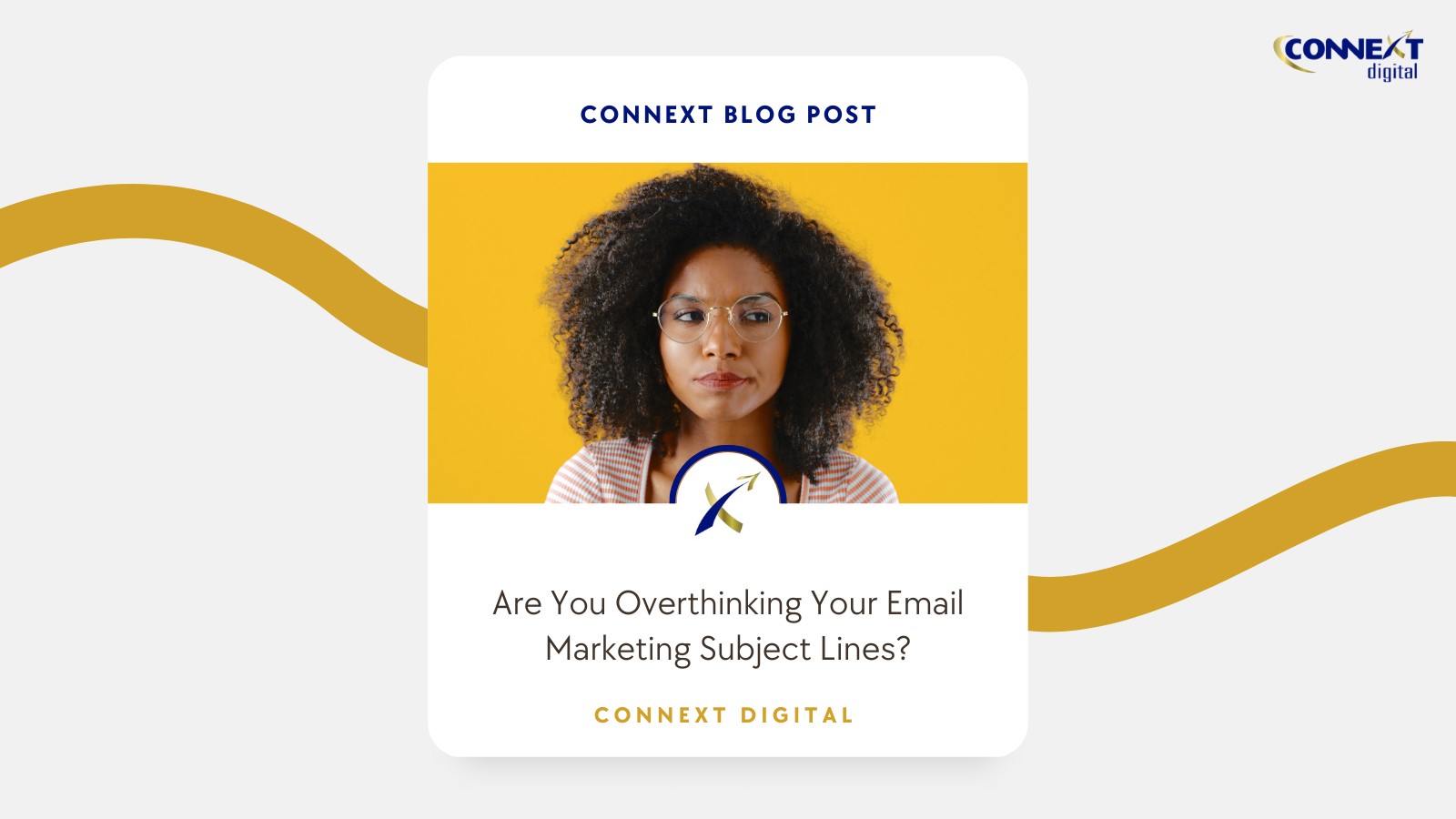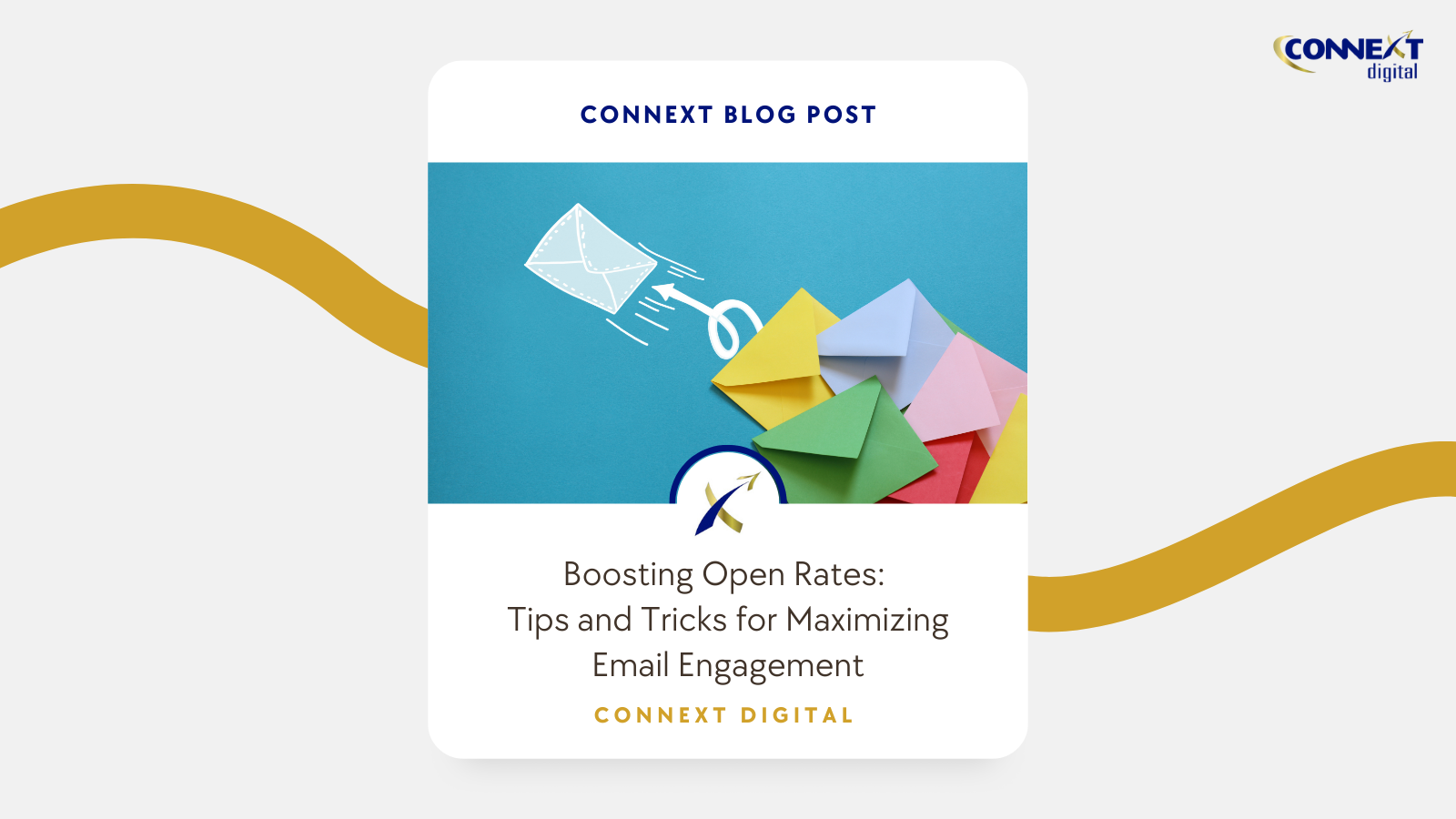
5 Behavioral Emails to Engage Your Customers
Checking your inbox is like opening a box of chocolates: “you never know what you’re gonna get.” Perhaps Forrest Gump’s mom knew a thing or two about emails before it was even a thing. After all, going over those unopened emails with interesting subject lines makes you want to take a ‘bite’ to find out what’s inside, particularly if they appeal to you.
Email marketing has always been a potent tool in a marketer’s strategy. It’s not only direct but also cost-effective, making it one of the most important weapons in your arsenal. This channel can help your business achieve your sales and marketing goals, granted you know how to execute your campaigns and successfully deliver email marketing solutions.
There are different approaches to sending out emails for marketing, and some are more effective than others depending on the your campaign’s objectives. For example, an email blast is done when you want to send the same information to as many people as possible. While this covers a lot of ground, its lack of customization makes it less relevant and therefore less effective than other types of contextual emails.
Drip emails, on the other hand, are a pre-written set of messages sent to customers or prospects over a specified timeframe. These emails are more customized for the recipient and are usually sent after the prospect engages with featured content, such as downloading an eBook or white paper. Click-through rates (CTR) for these emails are three times higher than the average.
But if you’re looking for open rates that are four times higher than newsletters, behavioral emails are your best bet. Its effectiveness banks on a simple principle: they work better when your target audience is engaged since they’re trigger-based and customer-centric. As such, it provides immediate value to customers based on their actions, making them incredibly effective.
Here are five types of behavioral emails you can use to effectively engage your customers:
- Re-engagement Emails (for inactive users, cart abandonment, etc.)
Some customers become inactive, and your job is to re-engage them to nail down those conversions. But to address them, you must identify the type of customer inactivity to know which set of triggers to use so you can nudge them back into action.
- Initial inactivity happens when a customer hasn’t completed your onboarding process
When onboarding customers after they sign up for your product or service, it’s all about keeping the momentum going, making it crucial to move to the next step as soon as possible. Once you lose this, it’s going to be tough to get it back since your brand is no longer on top of their minds. So, using email to keep them moving along the funnel is an effective way to engage them before they go cold.
- Partial inactivity happens when a customer is only using a part of your product or service
Your customers may not be aware of some of the features of your product or service, particularly if it has a high level of complexity. You can reach out to them to give these features the attention they deserve or if you simply want to show off lesser-known attributes of your product or service.
- Complete inactivity happens when a customer has zero engagement
When re-engaging subscribers who have become totally inactive, you have to remind them why they signed up in the first place. It’s your chance to showcase your product or service and any new features you’ve added, as well as what the benefits are to them.
- Transactional Emails (receipts, invoices, reports, etc.)
Despite being tagged as an underrated strategy, transactional emails are opened 8x more than any other email type, with 6x more revenue generated. While these emails aren’t usually seen as a marketing platform, it’s a wasted opportunity if marketers don’t take advantage of the free attention they can generate. So, in your next transactional email, don’t just show the transaction record. Take advantage of the opportunity to show them what they can do next.
- Notification Emails (account activity, followers, etc.)
These emails are generally overlooked as marketing emails since they don’t seem to sell anything. However, getting a notification email that says “you have a new follower” can be a great opportunity to attract attention and get them to open it. Essentially, you’re trying to encourage interaction and engagement with the site.
- Lifecycle Emails (rewards, milestones, historical usage, etc.)
The end-goal of nurturing your customers is to eventually turn them into brand ambassadors. The key to doing this is to motivate them for positive behavior, so rewards and milestones are considered as great trigger emails.
Once you’ve identified the positive behavior, you can send a personalized email to reward these highly-engaged customers and show your appreciation. You could include a discount, a free coupon, or a free product or service. These lifecycle emails are useful in encouraging engagement, especially if you’re trying to avoid customer inactivity through positive reinforcement.
- Personalized Recommendation Emails (based on your browsing or purchase history)
It’s an unfortunate fact that 70% of businesses don’t personalize their emails. This is another wasted opportunity since something as simple as a personalized subject line can boost an open rate of an email by 50%. All you have to do is monitor customer behavior on your app or website and use the data to personalize your emails.
Your customers will feel valued, which in turn will encourage engagement and continued patronage with your brand.
Start Sending the Right Emails!
Never forget that the average user’s inbox is a highly-competitive environment for email marketers. Without the right strategy in place, your emails are likely to get lost in an endless sea of social media updates and spam.
Taking a crack at behavioral emails in your campaigns can give you a fresh approach to engaging and retaining your customers, opening new opportunities for your business to grow. Using the right combination of email marketing best practices will make your emails the best pieces of chocolate in the proverbial box.
Contact us at Connext Digital to find out how we can enhance your email marketing campaigns!





